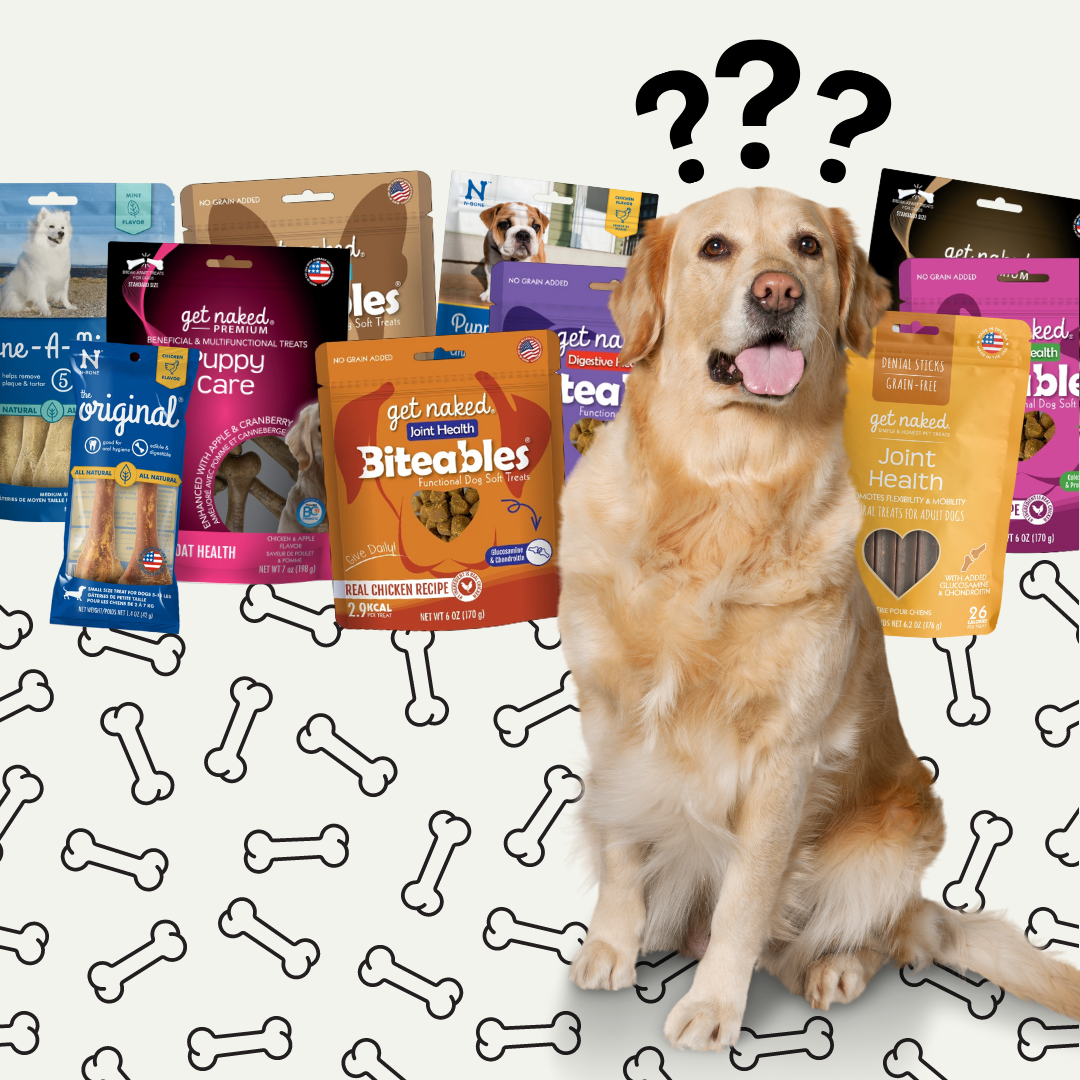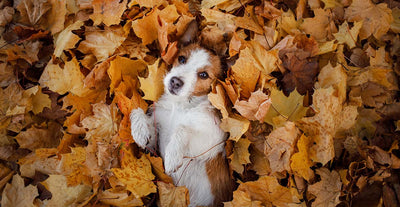What are the best treats to give my dog and why? How many treats should my dog have every week? What treats should I avoid giving my dog? All loving dog parents have asked themselves these questions at some point, so we’ve set out to provide some answers. Choosing the right treats for your dog can be an overwhelming process with so many different kinds available. Who wants to spend a bunch of time and money, only to find out the ones you’ve chosen are unhealthy or your dog hates them?
This simple guide will help you choose the best treats for your pup. In here, you’ll find tips on using treats for: training, snacking, overall health, dental hygiene and keeping your dog occupied.
Yes, dogs deserve treats! No bones about it, treats are great things to incorporate into your dog’s normal routine for multiple reasons. Treats can be used as training tools, nutritional supplements, for dental hygiene and to keep your dog occupied for longer periods of time. Certain treats are better for certain scenarios. While you might have to experiment a little to find the best mix of treats for your dog, and especially if you’ve just brought home a new pup, knowing the different ways they can be used will help you narrow down your options. Also, no matter how you are using a treat, always make the ingredient list your number one decision criteria. The first ingredient should always be a protein, vegetable, or fruit, rather than a filler grain like corn or wheat. Get Naked and N-Bone do a very good job of this.
Here's 5 ways to treat your dogs and a quick reminder of what treats work best for different purposes.
- Dog treats for training
For initial and intensive dog training sessions, feed your dog “high-value” treats. These can be small pieces of human food like cheese or sausage bits but for long-term use you’ll want to use dog treats with high-quality ingredients. Choose a treat that is high in protein and Omega-3 or Omega-6 foods or supplements, and that has a different consistency from your dog’s kibble. You may want to check out N-Bone Puppy Training Treats, as they are made with the purpose of easy training; its first ingredient is real chicken and the treats are in conveniently small heart-shaped pieces.

2. Dog treats for snacking
For treats that are used as snacks between meals, make sure to keep the intake to 10% of your dog’s daily diet. Snacking treats for your dog can be found in your refrigerator. Lean towards feeding your dog snacks that are low in fat and oil so they don’t make him or her gain weight. Snacking treats can also help soothe ailments or other problems your dog might be having such as arthritis, upset stomach or dehydration. Get Naked Biteables Functional Soft Treats does an especially good job with this, as they have designated functions such as joint health, digestive health, puppy health and senior health. You can also try cooked or canned pumpkin as a good source of iron and potassium and as a quick fix for upset stomachs. Watermelon, which is 92% water, is great for keeping your dog hydrated - especially during the summer months.


3. Dog treats for overall health
Treats that are low in calories are a good option for keeping your dog trim. The first ingredient should be a protein or vegetable to reduce hunger between meals, helping your dog to not overeat at mealtime. These types of treats can also be helpful for rescue or shelter dogs who have grown up not learning how to control their food intake. Eggs are also a great homemade treat option - scrambled, hard boiled, or poached. Not only are eggs a great source of protein but they also contain Vitamin A, D, Calcium and Folate, all essential nutrients to maintain in your dog’s diet. Consider Get Naked Premium Multifunctional Bones that are fortified with naturally sourced vitamins and minerals, from real meat, seafood, vegetables and fruits.


4. Dog treats for dental hygiene
Dental hygiene is an essential part of your dog’s health and happiness. Brushing your dog’s teeth is one of those tasks that can fall by the wayside - at least that’s what often happens for us - but that doesn’t mean it’s any less important. Fortunately, there are some treats that can help! Treats in this category are not only healthy and nutritious for your dog but they also help remove plaque and tartar build-up to promote strong teeth, healthy gums, and good breath. Consider N-Bone BoneAMints or Get Naked Multifunctional Dental Sticks, and good old-fashioned carrots.


5. Treats for keeping your dog occupied
Chewing is a natural behavior in dogs. This activity gets a bad rep when the chewing happens to be on your favorite pair of shoes or your brand-new couch pillows, but the act of chewing actually helps relieve tension in dog’s brains and helps to keep them entertained and occupied. Setting your dog up for chewing success is an important thing to keep in mind when choosing treats. When choosing treats that are meant to keep your dog occupied, make sure that they are long-lasting, contain a problem-solving trick or puzzle and that they are as durable as possible. Consider N-Bone Puppy Teething Rings (yes, even adult dogs can enjoy these treats), Kong toys with peanut butter frozen inside, and long-lasting chews, like N-Bone Original Bone.


BONUS 6. Dog treats to avoid
The dog treat market is nothing short of saturated and each dog has a unique set of needs. So while our recommendations are good guidelines, there are many variations on these standards that you can choose for your pet. That being said, there are also guidelines for types of treats that you should avoid no matter what diet your dog is on this month. With 45% of American dogs considered overweight, millions of pets are at risk for developing arthritis, diabetes, high blood pressure and behavioral problems, all linked to poor nutrition. Remember how we said that a protein, vegetable or fruit should be well at the core of your pet's treats? If sugar (also known as dextrose and corn syrup) is the main ingredient in any of the treats you are feeding your pup, it’s time to make a change. In addition to sugar, be on the lookout for wheat flour, corn, soy, artificial colors and preservatives such as sodium nitrate. When in doubt, read ingredient labels and stick to single ingredient treats or treats with ingredients that you can pronounce.







